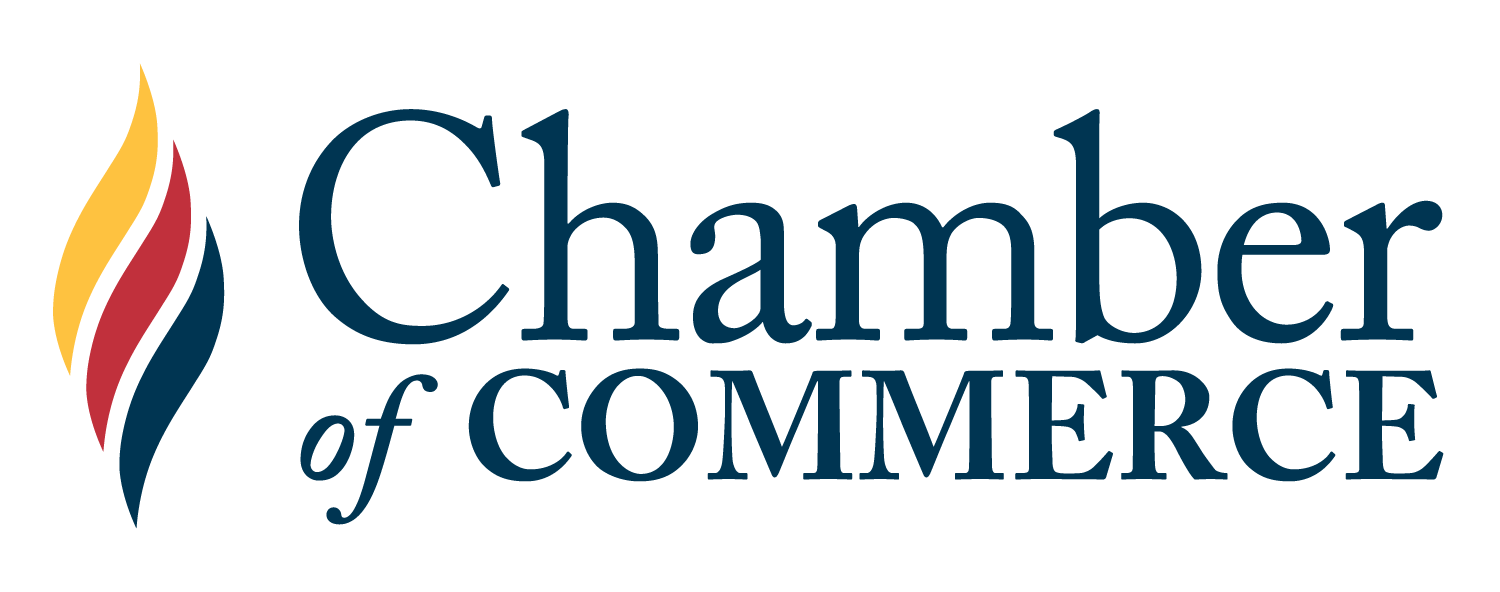How is Your Cyber Hygiene?
Although being on top of the latest trends in cyber security is incredibly beneficial, cyber threats come in many different, often unpredictable forms. Even with the most up-to-date cyber security protection and practices, an attacker only needs to find a single vulnerability to exploit and gain access to sensitive data. As such, it is important for organizations to practice effective cyber hygiene in order to further increase protection from cyber attacks.
What Is Cyber Hygiene?
In short, cyber hygiene describes the basic practices required to maintain a system’s health and improve security. The idea is comparable to basic personal hygiene in that it describes the basic proactive steps that should be taken to reduce the risk of infection. Because many cyber attacks result from exploiting lapses in password security, phishing scams and other basic principles, practicing consistent cyber hygiene is just as important as staying up to date on the latest threats and trends.
7 Suggested Cyber Hygiene Practices
- Install protection software—Antivirus, anti-spyware and firewall software purchased from trusted sources should be installed, activated and kept updated at all times.
- Practice smart password security—All passwords should be unique, strong and changed regularly across the organization. Where possible, enable two-step verification.
- Look out for anything that appears suspicious—Many cyber attackers attempt to impersonate a trusted individual, organization, website or software. These impersonations should not be interacted with in any way, including clicking a “cancel” or similar button in a fraudulent on-screen alert.
- Schedule regular data backups—Important files should be backed up frequently to an external source such as an external storage device or cloud server that is not linked to your computer.
- Be wary of anything free—Free protection software, services and even Wi-Fi can pose a potential threat to your cyber security. Avoid downloading anything free that seems too good to be true, and be sure to use a secure Wi-Fi connection when making monetary transactions or working with sensitive data.
- Clear your cache after visiting secure sites—Confidential information shared over secure sites may linger in your computer’s cache, making it important to clear your cache after visiting secure sites.
- Respond to threats quickly—If you are made aware of or even suspect any form of a cyber attack, notify your IT support team immediately.
